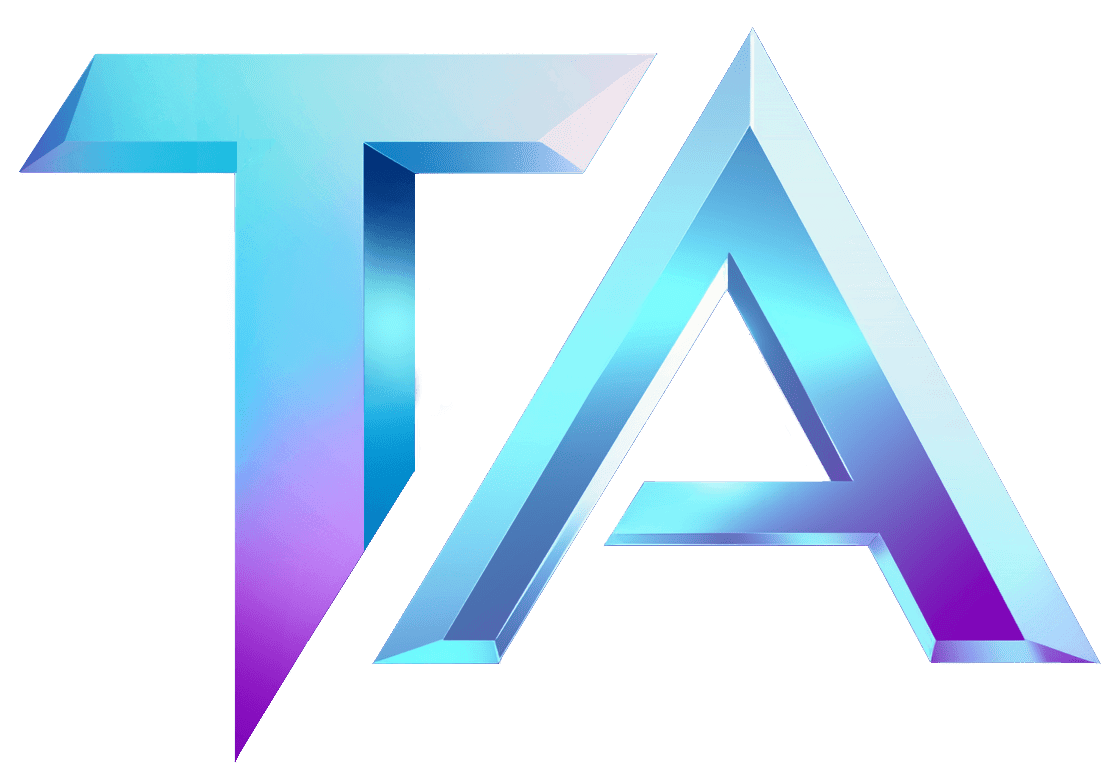Star Atlas: Barter-to-Currency Transition Explained

Star Atlas: Barter-to-Currency Transition Explained
In the universe of Star Atlas, players navigate through a blend of exploration, strategy, and economics. One crucial aspect of gaming economies, especially in games like Star Atlas, is the transition from a barter system to a currency-based economy. This article will shed light on this fascinating concept and how it applies to Star Atlas.
Understanding Barter Systems
In a barter system, goods and services are exchanged directly without a standard monetary unit. Imagine two players in Star Atlas: Player A has spare ship parts, while Player B possesses mining resources. They agree to trade parts for resources. While this system can work, it often leads to complications, such as finding someone with the right items who also wants what you have.
The Need for Currency
As gaming economies grow, the limitations of barter systems become apparent. When more players join the Star Atlas universe, coordinating trades becomes increasingly complex. Thus, a standardized medium—currency—emerges to simplify transactions.
Currency acts as a universally accepted method to assign value. Instead of finding a direct trade partner, players can easily buy or sell items, ships, or services modeled in Star Atlas using a single currency system. This eases trade and encourages economic growth within the game.
Transitioning in Star Atlas
Star Atlas has designed its economy to facilitate this transition effectively. Initially, players might engage in bartering to acquire resources and items. However, as the economy matures, the introduction of a digital currency allows for more fluid transactions.
-
Introduction of Digital Assets: In Star Atlas, digital assets such as ships, weapons, and resources can be tokenized. This means each asset is represented as a unique token on the Solana blockchain, making it easy to transfer ownership.
-
Creation of a Currency: Star Atlas uses the ATLAS token as its native currency. This token provides a common standard for players to trade various items and services without hassle.
-
Marketplaces and Trading Hubs: With a centralized currency in place, Star Atlas has built marketplaces where players can freely buy and sell using ATLAS tokens. These hubs streamline trading, mimicking real-world economic structures.
Benefits of the Currency System
Transitioning to a currency-based economy in Star Atlas offers numerous advantages:
-
Increased Efficiency: Players save time as they don’t have to search for specific trade partners; they can simply buy or sell what they need using ATLAS tokens.
-
Stability: A currency-based system reduces the volatility and unpredictability associated with bartering, leading to more stable prices.
-
Enhanced Interactivity: Players can engage more broadly within the game, encouraging collaboration and competition in the marketplace.
Conclusion
The movement from a barter system to a currency-based economy represents a significant evolution in games like Star Atlas. By implementing the ATLAS token and creating robust trading environments, Star Atlas enhances gameplay, efficiency, and player engagement.
For players interested in diving deeper into Star Atlas data and economic trends, visit Titan Analytics Star Atlas data modules. If you have any questions or need assistance, feel free to contact Titan Analytics. Happy exploring!




